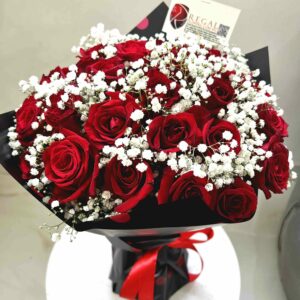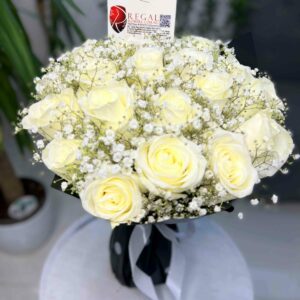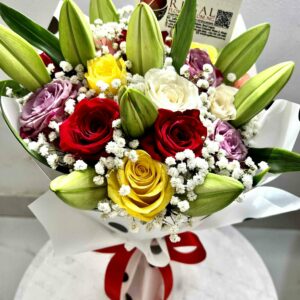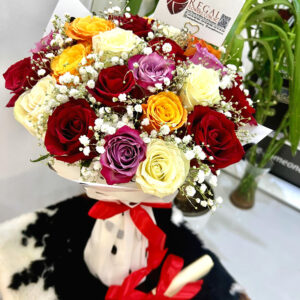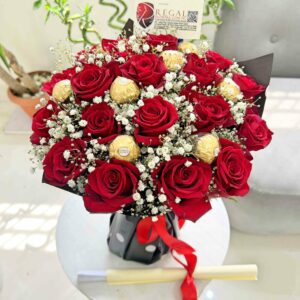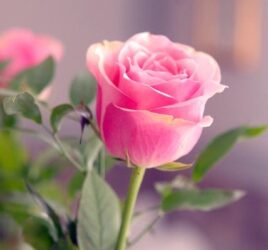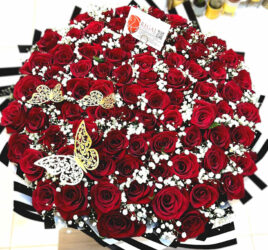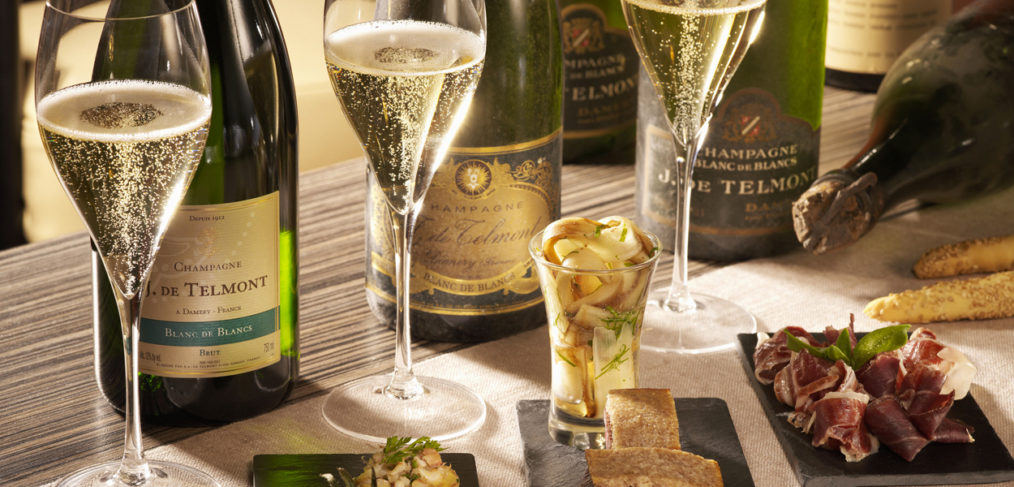
Dear Lara? What is the difference between Champagne and other types of wine?
Question: I am an aspiring wine connoisseur and I would like a guide on the different types of wine, in particular, what is the difference between Champagne and other types of wine. – Champagne or not champagne
Answer: While all champagnes are sparkling wines, not all sparkling wines are champagne. The only sparkling wine that can be called champagne are those produced from a region of France called Champagne, although a few old wineries in California that originated from Champagne also use the appellation. It is worth noting too that there are standards and guidelines in the production process for any of the wines to qualify as champagne. All other wines are called sparkling wine.
Other countries that produce sparkling wine typically have their names, for instance Spain calls their wine Cava, Italy calls theirs Prosecco, and you might also see Spumante.
What is the difference between all of the different types? Let’s break it down with the excerpt below:
Champagne, the wine, is named after the region where it is grown, fermented and bottled: Champagne, France. Nestled in the country’s northeastern corner, near Paris, the only labels that are legally allowed to bare the name “Champagne” are bottled within 100 miles of this region (according to European Law).
Originally cultivated by the Romans as early as 400 A.D., today’s vineyards that adorn Champagne’s beautiful hills and plains span 76,000 acres and 319 villages.
Champagne’s Flavor Profile
In addition to location, Champagne also receives its distinguished name because of the grapes used to produce it. Grown in a mild climate with chalky and mineral rich soil, the flavor of these grapes is truly unique. Of the countless varieties, only a handful of grapes across Champagne are allowed to be used for its base or “cuvée” (a blend of the first and most concentrated extraction of juices from pressed grapes). The only grapes that may be used to produce Champagne are:
- Pinot Noir (most widely used)
- Pinot Meunier (widely used)
- Chardonnay (widely used)
- Pinot Blanc
- Pinot Gris
- Petit Meslier
- Arbane
Although the ratios vary, about 90% of all blended Champagnes use 2/3 red and 1/3 Chardonnay mixes. This is based on the structure, fruitiness, body, aroma, delicacy, freshness, and complexity of the grapes. The most commonly used wines for blending Champagne mentioned above are a harmonious combination of all of these revered characteristics.
Champagne Making Practices

The process in which Champagne is made is called Méthode Champenoise, (also known as “fermented in a bottle”). With a two-step fermentation process, the grape juice is fermented into alcohol and then bottled to trap CO2 gas which forms the trademark bubbles (the tirage stage of the process). High quality sparkling wine is a labor-intensive process. Winemakers must add sugar, yeast, and yeast nutrients, allow time for carbonation to develop in individual bottles and then remove dead yeast cells (Le Remuage or Riddling) to reveal pure Champagne.
Champagne making is also controlled strictly by the Appellation d’Origine Controlée (AOC). From dictating how one may grow the grapes to how they may be harvested and processed, the rigorous standards distinguish Champagne. For instance, all grapes that are used in Champagne must be hand picked and pressed in a covered environment. They may only be pressed twice, once to make the ultra concentrated cuvée (which is high in sugar and acid) and the second time to make the taille (sugary, lower in acid, and higher in minerals and pigment). A Champagne may be classified as vintage or non-vintage—respectively—when wines are made with grapes of one year’s harvest or a mix of grapes from different years.
“All Champagne is sparkling wine, but not all sparkling wine is Champagne”
When determining whether a wine is truly Champagne or sparkling, one only needs to identify the region where it was produced. While true Champagnes can only be made in the Champagne region of France and with seven distinct grapes (and a slew of other regulations), sparkling wines aren’t held to the same restrictions. Sparkling wine may be made with the exact same grapes as Champagne or an entirely different blend. From Rosé to Brut (or extra dry varieties) to super sweet sparkling dessert wines, the flavors and qualities run the gamut.
Sparkling Wine Across the World
The style of winemaking which produces sparkling wine is practiced all over the world. With differing emphasis on fruitiness, bubble size, and methods, each country is home to a distinct version of its own. Some popular varieties from different regions are:
- Sekt: This German version of sparkling wine can vary in sweetness and dryness and is typically less alcoholic than Champagne. During the signing of the Treaty of Versailles, France was given ownership of the classification “Champagne.” Germany’s sparkling wine has been known as Sekt ever since.
- Prosecco: This popular Italian sparkling wine has large bubbles and a fruity aroma—making it a common choice for mixed drinks like mimosas or bellinis. Made with Glera grapes as well as Bianchetta Trevigiana, this is most often a dry or very dry sparkling wine.
- Cava: A Spanish sparkling wine made from Macabeu grapes, this variety is said to have very similar flavor to Champagnes.
- French sparkling wine: Sparkling wines can come from France (outside of the Champagne region) and are made in a variety of sweet, dry and rosé varieties.
- American sparkling wine: From blends using traditional Champagne grapes to vintages with a completely different recipe, there are endless flavors to discover in sparkling wines.
Champagne Vs. Sparkling Wine Pricing
The most expensive Champagnes can cost thousands, while sparkling wine is often much more affordable. This all comes down to the grape quality as well as the methods used to produce the sparkling wine. While most sparkling wines do implement the labor intensive Méthode Champenoise, others cut costs, increase speed of getting products into the market, and up production numbers by creating tank wine—sparkling wine carbonated in giant vats instead of individual bottles. When choosing a sparkling wine or Champagne, it’s important to determine what you’d like to get out of it. If it’s quality and care, a Champagne or higher quality sparkling would make an excellent choice. While if your budget is something to consider or the sparkling wine is going to be mixed into other juices, a less expensive and lower quality sparkling will do. Shop Wine and Champagne on Regal Flowers
- See all ‘Dear Lara’ posts, or scroll below
- What do you think? Feel free to comment below, and send your questions to [email protected]





